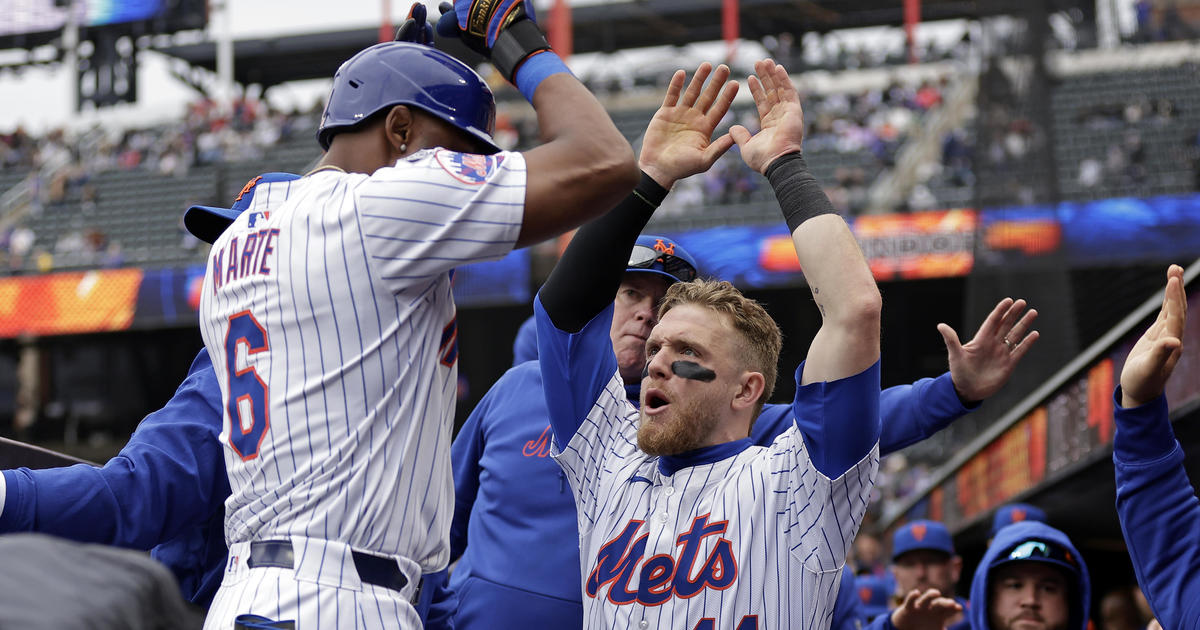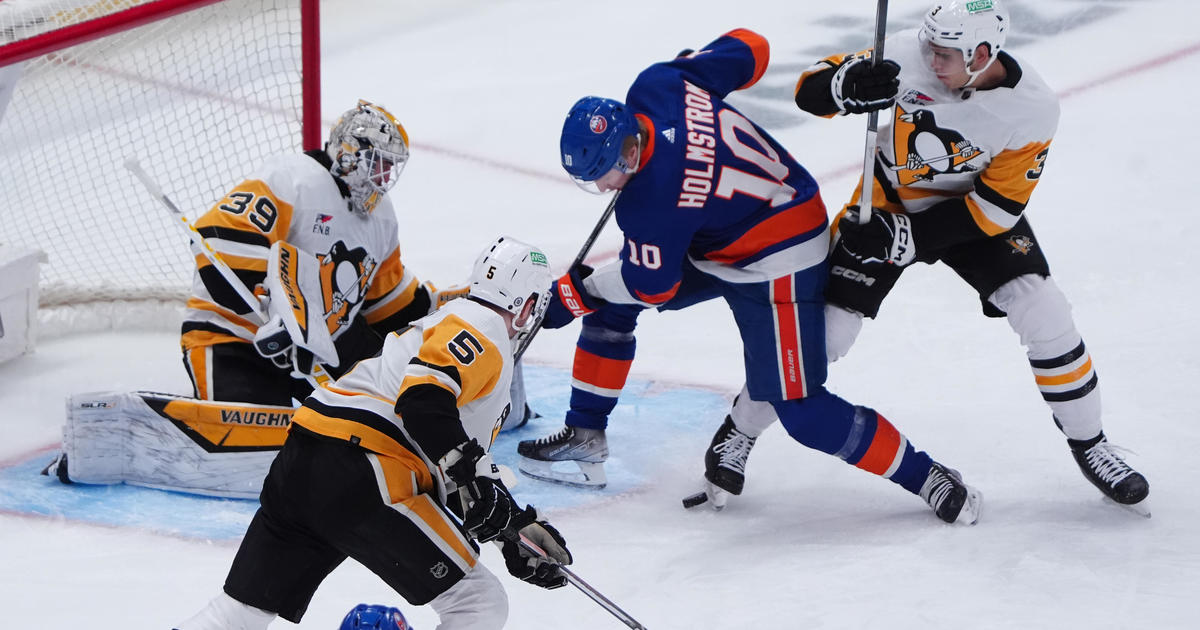Silverman: Arnold Palmer Lifted Golf To New Heights
By Steve Silverman
» More Columns
Arnold Palmer was not the greatest player who ever teed up a ball and played competitive golf.
Ben Hogan had the sweetest swing the game has ever known, and Sam Snead won more tournaments. Jack Nicklaus caught and passed Palmer, and Tiger Woods was more powerful and precise when he was at the top of his game.
But no player was more responsible for the growth of the game of golf and the overall popularity of the sport than "the King."
Palmer, who died Sunday at age 87, was the living embodiment of charisma throughout his golfing career and his life.
"Palmer went to bed at night with charisma, and he woke up in the morning with even more," Snead once said.
Many stories that you read today will talk about Palmer as the "everyman" who turned golf into a major sport and turned events such as the Masters and U.S. Open into must-see events for even the most casual sports fans.
MORE: Liguori: A Most Cherished Visit With Arnold Palmer
Those assessments are half-right, because Palmer's winning personality and overwhelming magnetism drove the sport to sensational heights it did not know before Palmer became a superstar in the late 1950s and early 1960s.
But he was not the "everyman." He was what every man wanted to be, and almost none could achieve. He was an iconic figure whom other golfers emulated and golf fans wanted to get next to in every circumstance.
Lee Trevino was one of the greatest golfers of the late 1960s and early 1970s, and he was known for his guts on the course and his tremendous personal appeal and sense of humor. Yet, when he assessed his old rival, he said that Palmer had that innate ability to have fun in all situations.
"I wanted to be Arnold Palmer," Trevino said. "He enjoyed himself in every situation, and isn't that what you want? We all wanted to be Arnold Palmer."
Although he would never admit it, Nicklaus certainly wanted to be Palmer as well.
Nicklaus, as noted earlier, went on to have a professional career that allowed him to surpass all of the greats and win 18 major championships, compared to the seven that Palmer won. These two were intense rivals during the 1960s, and while history looks very kindly on Nicklaus, he was not a popular or sympathetic figure at the time.
Palmer was rugged and handsome, an idol to men and popular with women. Nicklaus was big, chubby, serious and highly skilled. The fans roared for Palmer's charges, and they jeered and sneered at Nicklaus and called him "Fat Jack" or "Fat Guts."
Eventually, Nicklaus learned how to play the publicity game, and his popularity caught up to his massive talent. However, that didn't happen until Palmer was long gone from the game.
The scars on Nicklaus' psyche are thick and real, and it's a testimony to his own determination that he became golf's greatest champion.
But Palmer grew the sport like nobody else. He took golf from a country club game and turned it into an obsession for much of the population. He did it by lifting the game on his strong shoulders and charging up the fairway.
Palmer didn't walk up the fairway on Sunday afternoons when chasing titles; he swaggered like a heavyweight boxer. He was remarkable when he was on the hunt for a title, and he had spectacular victories and failures.
Palmer had already won the Masters in 1958 and 1960, but he didn't truly become a dominant superstar until the 1960 U.S. Open at Cherry Hills in the Denver area. Palmer found himself trailing leader Mike Souchak by seven strokes going into the final round, and he had to climb over 14 other competitors.
Palmer set the tone on the first hole, as he drove the 346-yard first hole, and went on to shoot a remarkable 65. He ended up winning the tournament by two strokes over an amateur named Nicklaus.
As great as that victory was, his loss in the 1966 U.S. Open may have been even more spectacular. Palmer had a seven-stroke lead with nine holes to play at the Olympic Club in San Francisco, but he simply fell apart and let Billy Casper steal the tournament.
Palmer admitted that by the midway point of the round, he was dreaming of being crowned the champion, and his concentration on each shot waned.
That allowed the door to open a crack, and Casper barged right in. You wonder why the sports cliché of taking it "one step at a time" was born, and much of it goes back to Palmer's finish at Olympic in '66.
Everyone who has ever lifted a golf club could identify with Palmer. He did not have the picture-perfect swing, and his putting stroke was somewhat inconsistent compared to the other greats in the game.
Instead of the smooth takeaway and classic follow-through, Palmer lashed at the golf ball with every fiber of strength in his body.
When he stood over a putt, you got the feeling that it might go in, but he might also miss it by three feet or more. His knock-kneed stance was anything but classic.
However, Palmer was the unquestioned king of his sport. He won 62 tournaments, including four Masters titles. During a four-year period from 1960 through 1963, Palmer won 29 tournaments, and his peers in the sporting world were Mickey Mantle, Willie Mays, Jim Brown and Bill Russell.
No, Arnold Palmer was not the best player to compete in his sport. But he did more for it than any player before or since, and his impact will be felt for generations.
Follow Steve on Twitter at @ProFootballBoy



